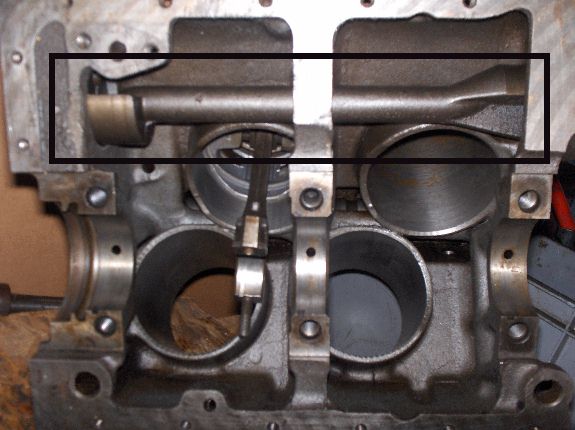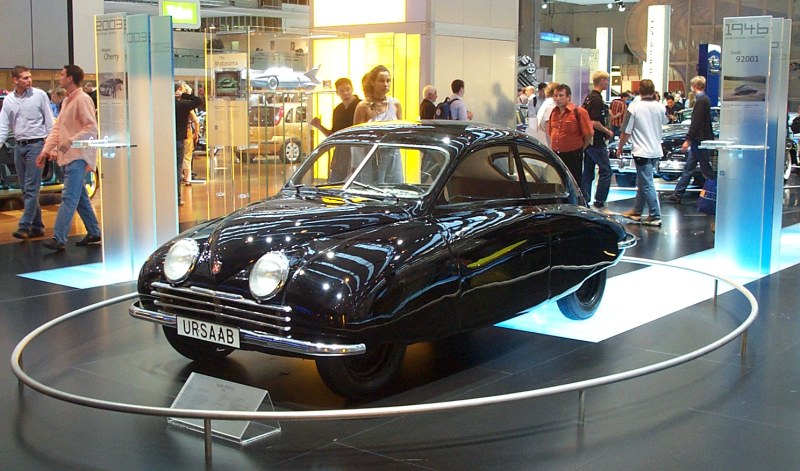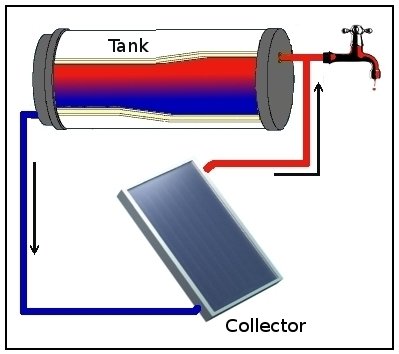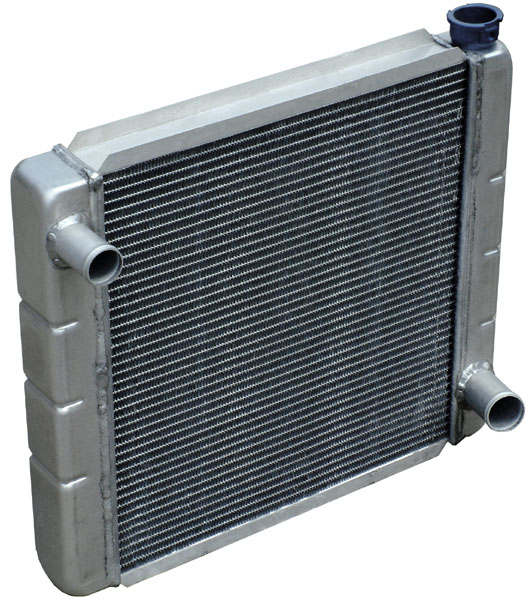|
Saab 96
The Saab 96 is an automobile manufactured and marketed by Swedish automaker Saab from 1960 to January 1980, replacing the Saab 93. The 96 featured aerodynamic two-door bodywork, four-passenger seating and at first a two-stroke, three-cylinder engine, later a four-stroke V4. Body design Compared with its predecessor, the Saab 93, the 96 featured greater and more easily accessible storage space and a larger rear window. The front end was lengthened for 1965 models, in preparation for a new engine, and the radiator was placed ahead of the engine, rather than above and behind, a leftover from when earlier models had thermosiphon cooling. Both front and rear windows were enlarged slightly for 1968 models. Engine The Saab 96 had a longitudinally mounted engine layout. As first designed, it had an 841 cc displacement, three-cylinder Saab two-stroke engine. By 1965 this was increased to . An optional version of the engine, with triple carburetors and oil injection, was ... [...More Info...] [...Related Items...] OR: [Wikipedia] [Google] [Baidu] |
Ford Taunus V4 Engine
The Ford Taunus V4 engine is a 60° V4 piston engine with one balance shaft, introduced by Ford Motor Company in Germany in 1962. The German V4 was built in the Cologne plant and powered the Ford Taunus and German versions of the Consul, Capri, and Transit. Design In common with other V4 and V6 engines, but unlike longer V engines with more cylinders, the connecting rods do not share a crankpin on the crankshaft. The V4 was later expanded into the Ford Cologne V6 engine that was used in the Ford Capri, Ford Taunus, Ford Cortina, Ford Consul, Ford Granada, Ford Sierra, Ford Scorpio, Ford Ranger, Ford Explorer, Ford Mustang, Mercury Capri, and many other cars. The V4 engine was also used in industrial applications: pumps, electrical generators, agricultural machinery and snowcats. In automobiles, the Taunus V4 was replaced by the Ford OHC/Pinto engine. Initially the V4 engine was designed by Ford for a new entry compact car intended for the US market to be called the Ford "Ca ... [...More Info...] [...Related Items...] OR: [Wikipedia] [Google] [Baidu] |
Saab Automobile
Saab Automobile AB () was a automotive industry, car manufacturer that was founded in Sweden in 1945 when its parent company, Saab AB, began a project to design a small automobile. The first production model, the Saab 92, was launched in 1949. In 1968, the parent company merged with Scania-Vabis, and ten years later the Saab 900 was launched, in time becoming Saab's best-selling model. In the mid-1980s, the new Saab 9000 model also appeared. In 1989, the automobile division of Saab-Scania was restructured into an independent company, Saab Automobile AB. The American manufacturer General Motors (GM) took 50 percent ownership. Two well-known models to come out of this period were the Saab 9-3 and the Saab 9-5. Then, in 2000, GM exercised its option to acquire the remaining 50 percent. In 2010, GM sold Saab Automobile AB to the Dutch automobile manufacturer Spyker Cars N.V. After many years establishing a sound engineering reputation and ultimately a luxury car, luxury price tag, ... [...More Info...] [...Related Items...] OR: [Wikipedia] [Google] [Baidu] |
Saab 93
The Saab 93 (pronounced ''ninety-three'') is the second production automobile that was manufactured by Swedish automaker Saab. Styled by Sixten Sason, it was first presented on December 1, 1955. The 93 was powered by a longitudinally-mounted three-cylinder 748 cc Saab two-stroke engine giving 33 hp (25 kW). The gearbox had three gears, the first unsynchronised. In order to overcome the problems of oil starvation on overrun (engine braking) for the two-stroke engine, a freewheel device was fitted. In 1957, two-point seatbelts were introduced as an option. The 93 was the first Saab to be exported from Sweden, with most exports going to the United States. A Saxomat clutch and a cabrio coach (large cloth sunroof) were available as options. On September 2, 1957, the 93B was introduced. The original two-piece windshield was also replaced with a one-piece windshield. In 1957, Erik Carlsson finished 1st in the Finland Rally in a Saab 93; in 1959, he was 1st in the ... [...More Info...] [...Related Items...] OR: [Wikipedia] [Google] [Baidu] |
Engine Displacement
Engine displacement is the measure of the cylinder volume swept by all of the pistons of a piston engine, excluding the combustion chambers. It is commonly used as an expression of an engine's size, and by extension as an indicator of the power (through mean effective pressure and rotational speed) an engine might be capable of producing and the amount of fuel it should be expected to consume. For this reason displacement is one of the measures often used in advertising, as well as regulating, motor vehicles. It is usually expressed using the metric units of cubic centimetres (cc or cm3, equivalent to millilitres) or litres (l or L), orparticularly in the United States cubic inches (CID, cu in, or in3). Definition The overall displacement for a typical reciprocating piston engine is calculated by multiplying together three values; the distance travelled by the piston (the stroke length), the circular area of the cylinder, and the number of cylinders in the whole e ... [...More Info...] [...Related Items...] OR: [Wikipedia] [Google] [Baidu] |
FF Layout
In automotive design, a front-engine, front-wheel-drive (FWD) layout, or FF layout, places both the internal combustion engine and driven roadwheels at the front of the vehicle. Usage implications Historically, this designation was used regardless of whether the entire engine was behind the front axle line. In recent times, the manufacturers of some cars have added to the designation with the term '' front-mid'' which describes a car in which the engine is in front of the passenger compartment but behind the front axle. The engine positions of most pre– World-War-II cars are ''front-mid'' or on the front axle. This layout is the most traditional form and remains a popular, practical design. The engine, which takes up a great deal of space, is packaged in a location passengers and luggage typically would not use. The main deficit is weight distribution—the heaviest component is at one end of the vehicle. Car handling is not ideal, but usually predictable. In contrast with ... [...More Info...] [...Related Items...] OR: [Wikipedia] [Google] [Baidu] |
Thermosiphon
A thermosiphon (or thermosyphon) is a device that employs a method of passive heat transfer, heat exchange based on natural convection, which circulates a fluid without the necessity of a mechanical pump. Thermosiphoning is used for circulation of liquids and volatile gases in heating and cooling applications such as heat pumps, water heaters, boilers and furnaces. Thermosiphoning also occurs across air temperature gradients such as those occurring in a wood-fire chimney or solar chimney. This circulation can either be open-loop, as when the substance in a holding tank is passed in one direction via a heated transfer tube mounted at the bottom of the tank to a distribution point — even one mounted above the originating tank — or it can be a vertical closed-loop circuit with return to the original container. Its purpose is to simplify the transfer of liquid or gas while avoiding the cost and complexity of a conventional pump. Simple thermosiphon Natural convection of the liq ... [...More Info...] [...Related Items...] OR: [Wikipedia] [Google] [Baidu] |
Engine
An engine or motor is a machine designed to convert one or more forms of energy into mechanical energy. Available energy sources include potential energy (e.g. energy of the Earth's gravitational field as exploited in hydroelectric power generation), heat energy (e.g. geothermal), chemical energy, electric potential and nuclear energy (from nuclear fission or nuclear fusion). Many of these processes generate heat as an intermediate energy form; thus heat engines have special importance. Some natural processes, such as atmospheric convection cells convert environmental heat into motion (e.g. in the form of rising air currents). Mechanical energy is of particular importance in transportation, but also plays a role in many industrial processes such as cutting, grinding, crushing, and mixing. Mechanical heat engines convert heat into work via various thermodynamic processes. The internal combustion engine is perhaps the most common example of a mechanical heat engine in wh ... [...More Info...] [...Related Items...] OR: [Wikipedia] [Google] [Baidu] |
Radiator (engine Cooling)
Radiators are heat exchangers used for cooling internal combustion engines, mainly in automobiles but also in piston-engined aircraft, railway locomotives, motorcycles, stationary generating plants or any similar use of such an engine. Internal combustion engines are often cooled by circulating a liquid called '' engine coolant'' through the engine block and cylinder head where it is heated, then through a radiator where it loses heat to the atmosphere, and then returned to the engine. Engine coolant is usually water-based, but may also be oil. It is common to employ a water pump to force the engine coolant to circulate, and also for an axial fan to force air through the radiator. Automobiles and motorcycles In automobiles and motorcycles with a liquid-cooled internal combustion engine, a radiator is connected to channels running through the engine and cylinder head, through which a liquid ( coolant) is pumped by a coolant pump. This liquid may be water (in climates ... [...More Info...] [...Related Items...] OR: [Wikipedia] [Google] [Baidu] |
SAAB 96 1965
Saab or SAAB may refer to: Brands and enterprises * Saab AB, a Swedish aircraft, aerospace and defence company, still known as SAAB, and together with subsidiaries as Saab Group ** Datasaab, a former computer company, started as spin off from Saab AB * Saab Automobile, a former Swedish automobile manufacturer, formerly a division of Saab AB ** SaabO, a caravan (camper/travel trailer) produced by Saab Automobile from 1964 to 1968 * Saab-Scania, the former corporate group formed by Saab AB and Scania-Vabis People with the surname * Alejandro Saab (born 1994), American voice actor * Alex Saab (born 1971), Colombian businessman charged with money laundering * Elie Saab (born 1964), Lebanese fashion designer * Hassan Saab (1922–1990), Lebanese diplomat and political scientist * Jocelyne Saab (1948–2019), Lebanese filmmaker * Karim Saab (born 2001), Venezuelan footballer * Tarek William Saab (born 1963), Venezuelan politician * Tarek Saab (businessman), candidate on ''The Apprentice' ... [...More Info...] [...Related Items...] OR: [Wikipedia] [Google] [Baidu] |
1961 Saab 96 Rear
Events January * January 1 – Monetary reform in the Soviet Union, 1961, Monetary reform in the Soviet Union. * January 3 ** United States President Dwight D. Eisenhower announces that the United States has severed diplomatic and consular relations with Cuba (Cuba–United States relations are restored in 2015). ** Aero Flight 311 (Koivulahti air disaster): Douglas DC-3C OH-LCC of Finnish airline Finnair, Aero crashes near Kvevlax (Koivulahti), on approach to Vaasa Airport in Finland, killing all 25 on board, due to pilot error: an investigation finds that the Captain (civil aviation), captain and First officer (civil aviation), first officer were both exhausted for lack of sleep, and had consumed excessive amounts of alcohol at the time of the crash. It remains the deadliest air disaster to occur in the country. * January 5 ** Italian sculptor Alfredo Fioravanti enters the U.S. Consulate in Rome, and confesses that he was part of the team that forged the Etruscan terra ... [...More Info...] [...Related Items...] OR: [Wikipedia] [Google] [Baidu] |








